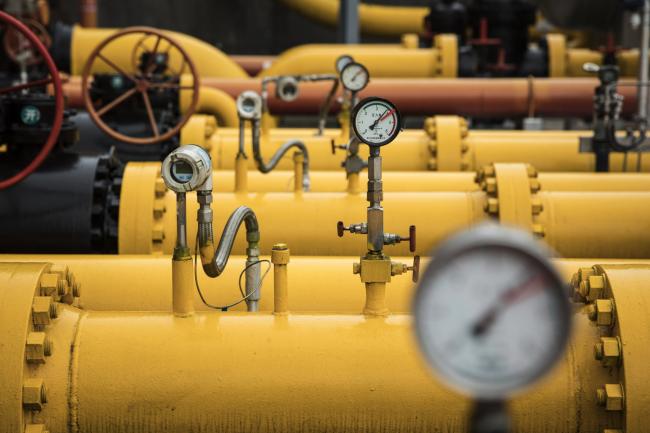(Bloomberg) -- Goldman Sachs Group Inc cut its oil price forecasts for 2019, citing a re-emerging surplus and resilient U.S. shale production.
Global benchmark Brent crude will average $62.50 a barrel this year, analysts including Damien Courvalin said in a Jan. 6 note, down from a previous estimate of $70. U.S. marker West Texas Intermediate will average $55.50 a barrel, down from a prior forecast of $64.50. Societe Generale also lowered 2019 price outlooks by $9 a barrel in a Jan. 7 note, with Brent now seen averaging $64.25 for the year and WTI $57.25.
A surge in OPEC production in late 2018 means the market started this year better supplied than the last, and pipeline constraints in the U.S. Permian Basin will clear up faster than expected, according to Goldman. Big projects in the works for years in Brazil and Canada will also ramp up output in 2019. Combined, those increases mean fewer high-cost marginal barrels will be needed to meet global demand growth this year, Courvalin said.
“We expect that the oil market will balance at a lower marginal cost in 2019 given higher inventory levels to start the year, the persistent beat in 2018 shale production growth amidst little observed cost inflation, weaker than previously expected demand growth expectations (even at our above consensus forecasts) and increased low-cost production capacity,” Courvalin wrote.
Crude prices ended 2018 after a roller-coaster ride, rising to a 4-year high of over $86 a barrel in October and then plunging as much as 42 percent by the close of the year. The oil market was hit by a spate of risk aversion because of economic growth fears spurred by U.S.-China trade tensions, rising interest rates and tightening liquidity, SocGen analysts including Mike Wittner said in the research note.
That sell-off appears to have overshot, according to both Goldman and SocGen. It prices in global economic growth plunging to about 2.5 percent in 2019, well below economists’ forecasts of about a 3.5 percent increase, Courvalin said.
“The oil market has priced in an excessively pessimistic growth outlook,” Courvalin wrote. “This sets the stage for prices to recover as long as global growth does not slowdown below 2.5 percent.”
(Updates with SocGen forecast change starting in second paragraph.)
